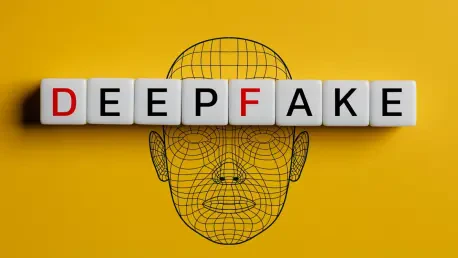The rise of impersonation of US officials through SMS and voice deepfakes marks a disturbing trend in cybersecurity. Exploiting sophisticated technology, cybercriminals are creating credible fake identities, posing serious threats to security and trust in communication systems. With the help of artificial intelligence, these deepfakes have become increasingly convincing, making public figures more vulnerable to manipulations.
The potential impact of these deepfake technologies cannot be understated. They exploit advances in AI to craft realistic impersonations, posing significant implications for security protocols. The threat is not confined to public individuals; it disrupts communication and can potentially undermine trust in various sectors. The need for heightened awareness and technological defense systems has never been more urgent.
To counter these challenges, experts advocate for comprehensive strategies and enhanced detection measures. Collaboration between government agencies, tech companies, and cybersecurity experts is paramount. There is a call for regulatory frameworks that can adapt to these rapid technological changes and for educational efforts to improve digital literacy.
This pressing issue underscores the need for concerted efforts in both technology and policy. By investing in advanced detection systems and educating the public, stakeholders can safeguard communications against the evolving landscape of cyber threats, protecting both public trust and national security.









